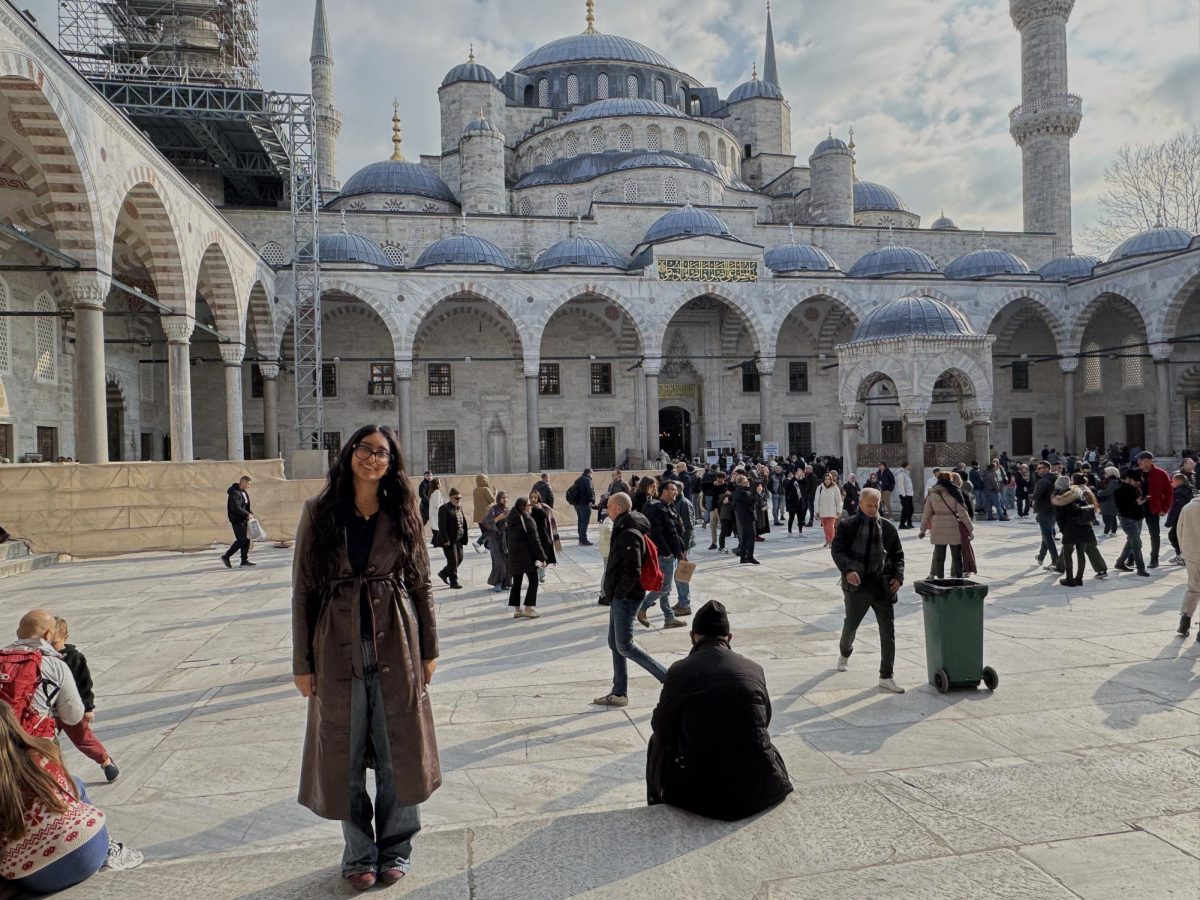Students celebrate the holidays with distinct December traditions
December 29, 2021
At the halfway point of the school year, the end of finals week is met with the start of the two week winter break. This year, students are thrilled to take a break from school and be able to spend time with loved ones.
For students that celebrate the winter holidays, parties and family dinners are common, but some students have additional celebrations that aren’t as typical.
Senior Nathan Frewen recalled his family’s ongoing New Year’s Eve tradition.
“On New Year’s Eve, my family goes to Brookfield Zoo to see the lights and the animals before we go home to watch the ball drop. It started when I was around nine and I really wanted to go see the gorillas, my favorite animal at the time, and since then we have been going almost every year,” Frewen said.
Although his family has maintained this cherished ritual for several years, Frewen recognized that it may eventually end and discussed its importance to him, even after the tradition ends.
“Eventually my siblings and parents won’t be able to be together every year, but I hope to continue this tradition with whoever I spend New Year’s Eve with in the future,” Frewen said.
Many other families have their own routines for winter break. Junior Riley Cain shared her family’s Christmas tradition.
“Every Christmas my family would get a cinema gift card and we go to see a marvel movie in [the] theater. If there isn’t one we substitute with just watching some at home and save the gift card for the next movie coming out,” Cain said.
Many students have winter holiday customs with not only personal significance, but also cultural significance.
Junior Sophie Martincic is a second-generation Slovenian-American and she participates in the Eastern European custom of Saint Nicholas day.
“By now many people have heard of the ‘Krampus,’ the Christmastime devil guy who is popular in horror movies. He comes with St. Nicholas to punish the bad children while St. Nick rewards the good children,” Martincic said.
She continued explaining what her church does to recognize this tale.
“At my church, we honor this by having someone dress up as Saint Nicholas, ‘Sveti Miklaž’ in Slovenian, while children dress up as devils and angels. In the Slovenian tradition, the single Krampus is replaced with many smaller ‘parkeljni,’ which is loosely translated to devils,” Martincic said.
Martincic continued explaining what each of the participants does.
“The angels then help Miklaž deliver presents while the devils scare the children. This is a time-honored tradition brought over from Slovenia after World War II. My grandma even fondly remembers honoring this tradition in the war camps that she stayed at in her early childhood,” Martincic said.
Martincic also shared the experience of participating in a holiday custom that many Americans are not familiar with. The rareness of the ritual in American culture contributes to time conflict when it comes to maintaining the celebration.
“Since I’ve grown up with this tradition, it’s something to look forward to every year and something that I’m very glad to be a part of. That being said, sometimes practice clashes with finals week, which can be an inconvenience,” Martincic said.
Despite this, Martincic is still enthusiastic about the event.
“I’ve told some of my non-Slovenian friends about it and they always give me [anything from] slightly confused to totally bewildered looks because it’s so far removed from the American lifestyle. As a second-generation Slovenian-American, it means a lot to me to keep this tradition going and to pass it down to future generations. Also, I just think it’s a really cool cultural thing that a lot of people only see in movies,” Martincic said.




